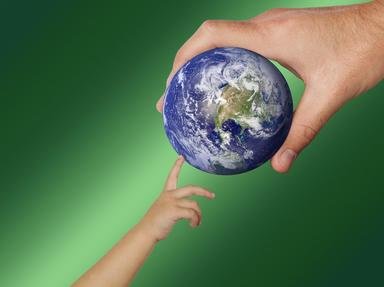Quiz Answer Key and Fun Facts
1. In which appropriately named ocean could we find Antarctica?
2. It's really, really cold in Antarctica. Just how cold is Antarctica's inner area on average?
3. With its low rainfall and barren landscape, what type of environment (biome) is Antarctica?
4. Antarctica has had many world records to its name. Which of these is *NOT* true of Antarctica?
5. Antarctica is the fifth largest continent by landmass, but don't underestimate its size.
True or false: Antarctica is on average almost twice the size of Australia.
6. Which large flightless bird is one of the only land-dwelling creatures we could see in Antarctica?
7. What is the tallest mountain - again appropriately named - in Antarctica?
8. James Clark Ross was an important pioneering explorer of Antarctica. Which of these geographical features was *NOT* named after him?
9. Roald Amundsen beat Robert Falcon Scott in the great race to the South Pole in 1911.
10. Which precious resource, making up around 70% of the world's total, is locked in Antarctica's vast ice sheets?
Source: Author
malik24
This quiz was reviewed by FunTrivia editor
NatalieW before going online.
Any errors found in FunTrivia content are routinely corrected through our feedback system.
